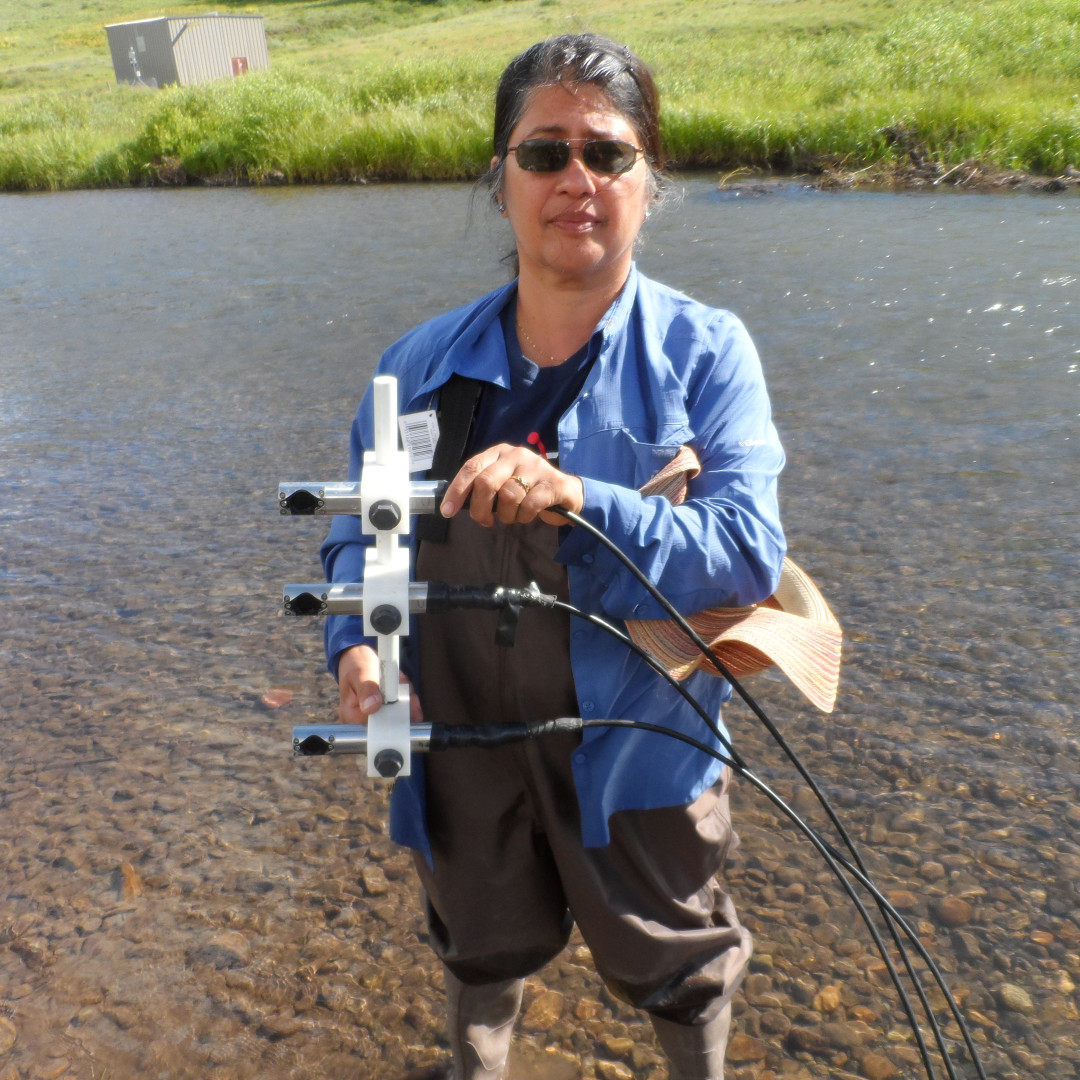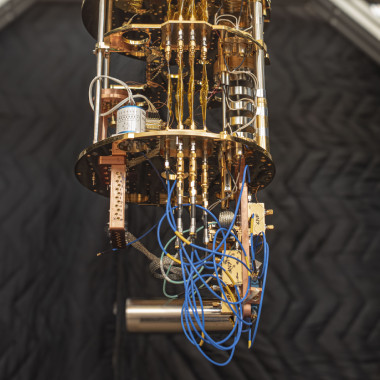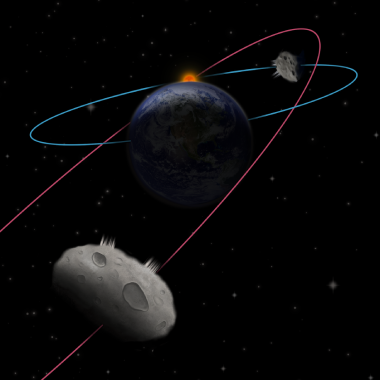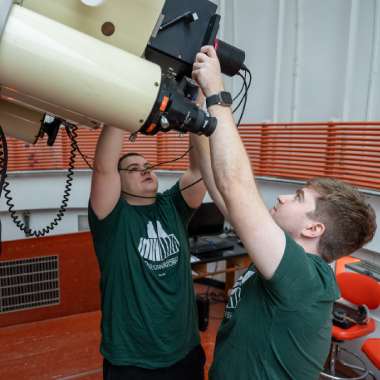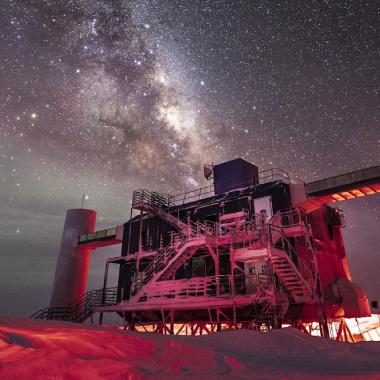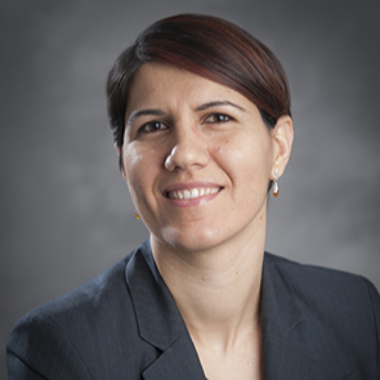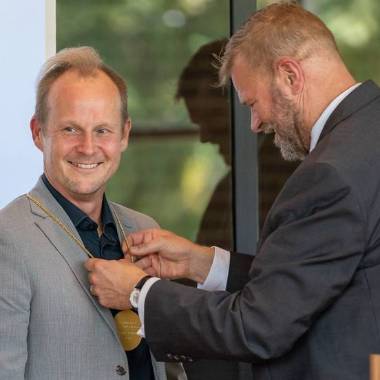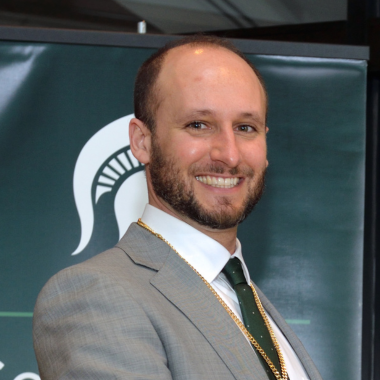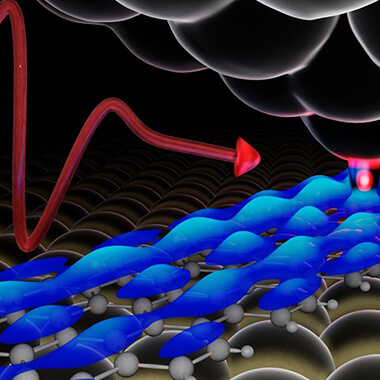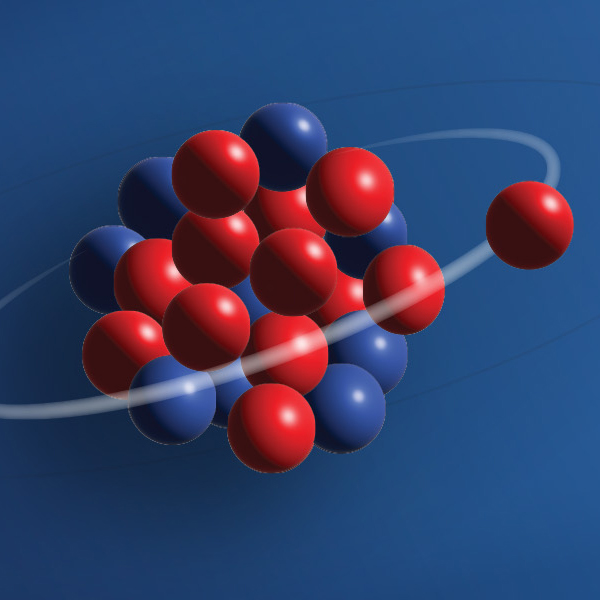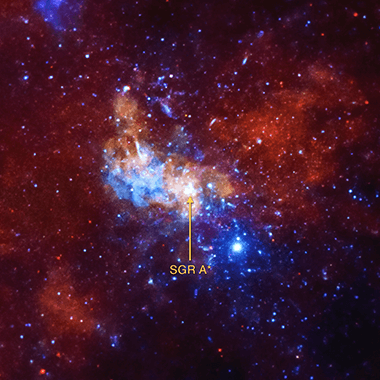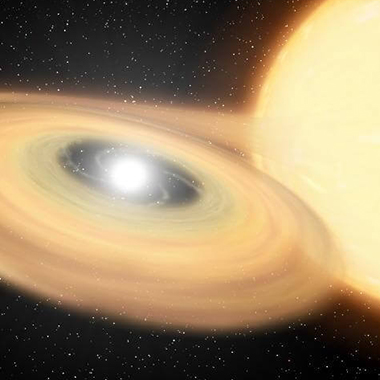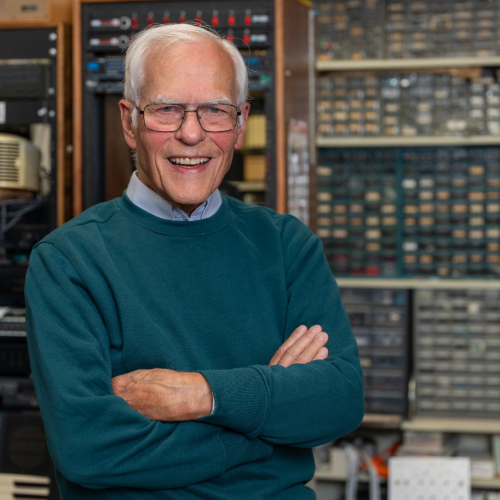News
January 23, 2025
Michigan State University professor is committed to solving one of Earth’s most pressing problems — access to clean water — through applied physics.
January 22, 2025
Johannes Pollanen didn’t set out to become an entrepreneur. Originally a physicist studying superfluids, Pollanen first turned his attention to quantum computing over a decade ago at Caltech. Building a marketable quantum computer wasn’t on his radar.
January 17, 2025
Our sun is essentially a searing hot sphere of gas. Its mix of primarily hydrogen and helium can reach temperatures between 10,000 and 3.6 million degrees Fahrenheit on its surface and its atmosphere’s outermost layer. Because of that heat, the blazing orb constantly oozes a stream of plasma, made up of charged subatomic particles — mainly protons and electrons. The sun’s gravity can’t contain them because they hold so much energy as heat, so they drift away into space as solar wind. Understanding how charged particles as solar wind interact with other transient eruptions of energy from the sun can help scientists study cosmic rays emitted in supernova explosions.
December 10, 2024
Research led by Michigan State University’s College of Natural Science has uncovered seven new dark comets in our solar system.
December 6, 2024
For the last decade, the MSU Observatory Research Program has provided undergraduate and graduate students alike with real-world research experience and helped them to decide if astrophysics is the right career path.
November 20, 2024
Students and faculty are building sensors that will be embedded deep within Antarctic ice to shed new light on the origins of the universe
October 14, 2024
In the early 1930s, scientists discovered that some atomic nuclei were more stable than others. These nuclei had specific numbers of protons or neutrons, or magic numbers.
October 9, 2024
Michigan State University has named Johannes Pollanen as the inaugural Cowen Distinguished Chair in Experimental Physics.
September 26, 2024
Tyler Cocker received a prestigious 2024 Early Career Research Award from the Department of Energy (DOE) for research that uses a technique he pioneered to study atomic motion in materials.
August 30, 2024
Norman Birge, Professor of Physics in the Department of Physics and Astronomy, has been appointed Interim Associate Dean of Associate Dean of Budget, Planning, Research, and Administration in the College of Natural Science at Michigan State University.
July 8, 2024
A new technique reveals single atom misfits and could help design better semiconductors used in modern and future electronics
June 17, 2024
The first results from FRIB’s precision measurement program measure the mass of a rare isotope
June 11, 2024
Spartans have uncovered new information about the galaxy’s central black hole, Sagittarius A*
May 20, 2024
FRIB reserachers are helping solve complex computational problems with a new method called wavefunction matching.
May 1, 2024
Elias Aydi shares the story of a star explosion that will soon light up the night sky
